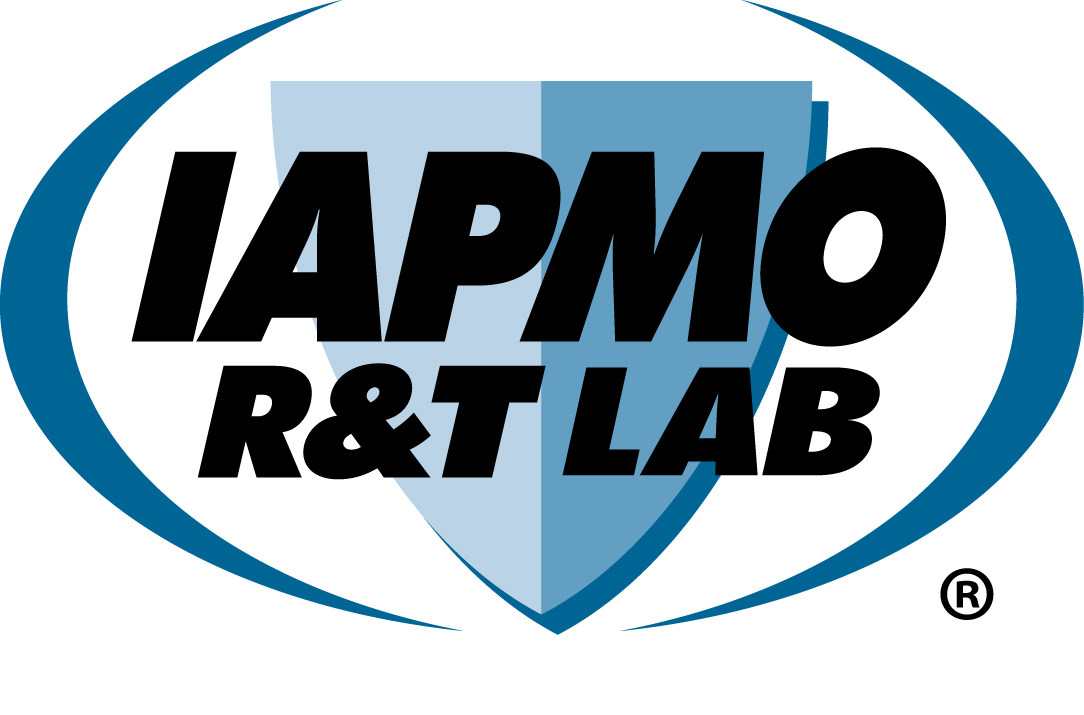One of the questions I get asked most frequently is “What kind of tests are performed on plumbing related products?” Below are some important tests conducted on plumbing fixtures and fittings. Testing of the product provides an independent means for evaluating similar types of products for materials, performance, longevity, safety, backflow prevention, dimension and workmanship.
It is very important that all plumbing fixtures and fittings are made of materials intended for their application. Fittings for conveying drinking water must be tested and evaluated for toxicity to check the amount of regulated metals and formulation-specific metals that could leach into the water; and to monitor volatile and semi-volatile organics. The standards and lead laws limit the maximum amount of lead that can be contained in each material or calculated as assembled products. Corrosion testing helps to make sure the right materials are used for exposures to different field conditions. Plastic materials in pipe and fittings for potable water and sewer applications are evaluated via cell-classification tests to ensure that the correct virgin materials are used for molding pipe and fittings.
Products with moving parts require life cycle testing. This test will determine the longevity of a product. Usually it involves turning a product off and on to simulate use over a long period of time. This is important to the end users.
On the other hand, plumbing officials may want to look at a worse case condition, like a hydrostatic pressure test. Can a fitting hold a minimum pressure over an extended period of time when it is in a closed position? Will the fitting leak or rupture causing damage to property?
Plumbing fixtures such as bathtubs and shower receptors must comply with the load test, slip resistance test, and tests to simulate in–field conditions, such as exposures to sunlight, chemicals, and hot and cold water. Fixtures intended to be installed against the walls, such as exposed walls made of tile, must be designed to make sure that water leaks from the tile grout are drained properly.
As for backflow prevention, most consumers are not aware how critical this feature is. However, the industry experts want to protect consumers by making sure that gray water or non-potable water will not flow back to the water supply side. Therefore, during the testing, our engineers verify that the backflow prevention devices such as vacuum breakers, check valves and others are designed and manufactured as they are intended.
Material testing is another example. A consumer will look at a product and want to know, will the finish change color, will it turn yellow or perhaps after a period of time will the faucet finish start to corrode or flake and peel off? A plumbing inspector will look at that product and want to know if the faucet finish is inside the waterway. Will it prove to be toxic to someone drinking from that product? Will that finish cause someone to slip in that bathtub and become injured? Product dimensions, such as threads or other connections, are controlled, so that when those products are installed with products supplied by other manufacturers they will match and function properly.
The certification testing process also includes a review of installation, care and maintenance instructions. Are the instructions clear and concise? Do they provide the installer with enough information to adequately complete the job? Do they provide the consumer with the information needed to maintain the product?
While most test standards have minimum requirements, often times manufacturers will want to not only meet those requirements but exceed them to show the quality and workmanship of their products. Sometimes they want to test their products to the point of failure.
Finally, the last item to note in the testing process is the quality of the test laboratory itself. It does no good to have a product tested if the laboratory you are using is not qualified to conduct the tests. The certification body, manufacturer and consumer must have confidence that the products are being tested in the correct manner.

Ken Wijaya
Last modified: May 31, 2023

